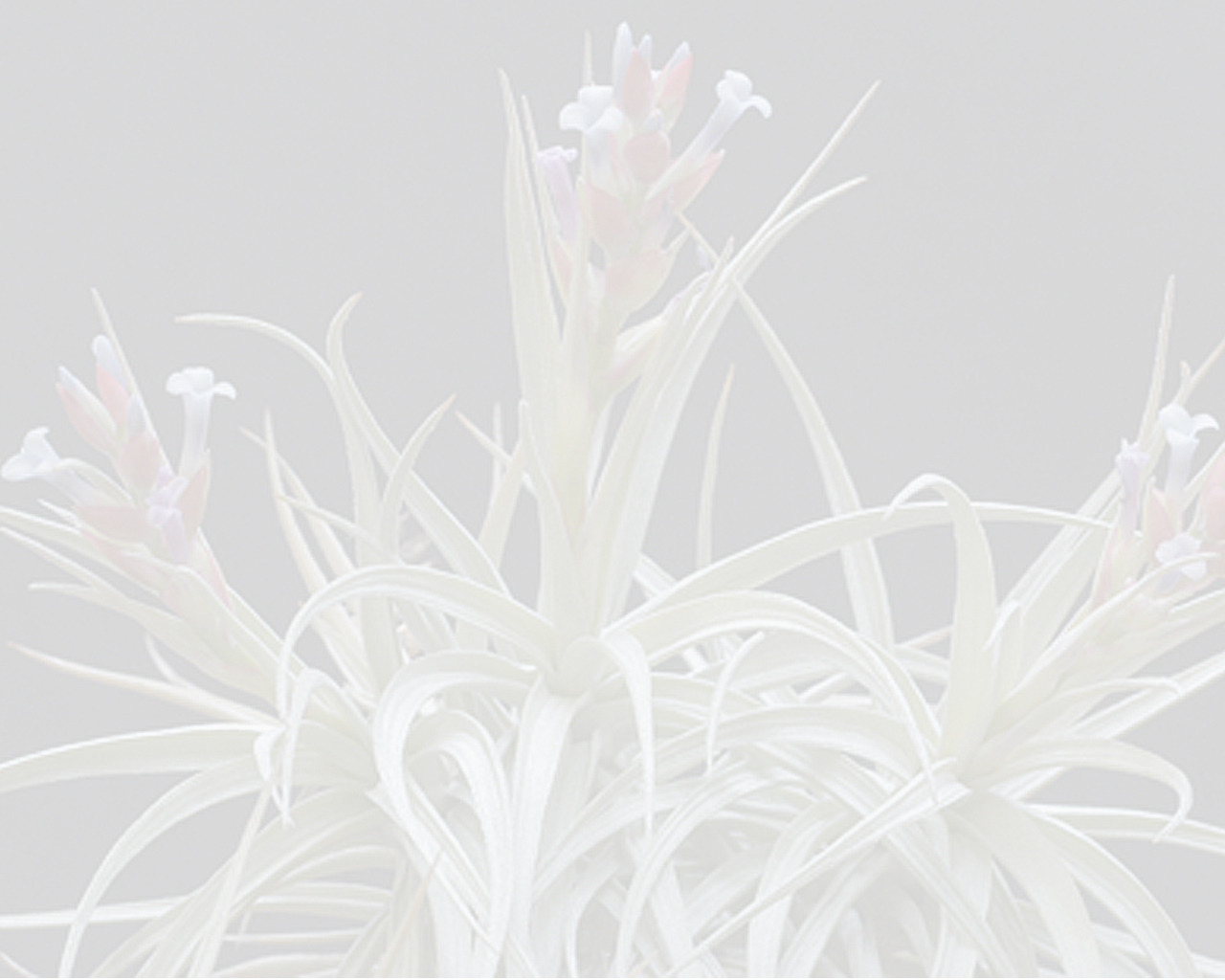

 Tillandsia platyrhachis var. magnifica Rauh & von Bismarck[as Tillandsia platyrhachis var. magnifica Rauh & von Bismarck]
Tillandsia platyrhachis var. magnifica Rauh & von Bismarck[as Tillandsia platyrhachis var. magnifica Rauh & von Bismarck]Observations: —This plant differs from the type variety platyrhachis in the following characters
Plant much bigger than 70 cm, but up to 200 cm high;
Leaves not 70 cm long and 3.5 cm wide, but 170 cm long (the sheaths included) and 7 cm wide.
lnflorescence 150 cm long; branches not erect, but spreading up and curving down.
Floral bracts not laxly arranged, but densely imbricate, at least in the basal half, not striate and the margins not white on drying, glabrous, striking bright pink.
Unfortunately, the color of the floral bracts and the sepals is not mentioned in the diagnosis of Mez, although on the label of the type material (Kalkbreyer, 1328, 1879) is written: "bracts pink, very close." Moreover, the type material is very poor and consists of only three spikes. It was collected by Kalkbreyer in 1879 in Antioquia, Colombia, without exact locality being identified and described by Mez. It seems that the T. platyrhachis of Mez has never been re-collected in Colombia, but several times in Ecuador, for example, Schimpf 714, Rio Pastaza, western Mera (Prov. Napo) and A. J. Gilmartin, No. 1139, in southern Ecuador, km 45, Loja to Zamora (Prov. Zamora).
Together with Alexander Hirtz of Quito, I collected T. platyrhachis near the waterfall of the Rio Coca on the way from Baeza to Lago Agrio, in a mountainous forest at an altitude of about 1400 meters (Coll. No.37 571, Sept. 1975). It differs not only from the diagnosis of the type, but also from the Peruvian variety magnifica by the bright creamy-white color of the whole inflorescence A. J. Gilmartin notes also that her specimen of T. platyrhachis is, "when alive, very conspicuous for the white appearance of the inflorescence from a distance. The floral bracts are creamy-white when alive (p. 68)."
Although our plant (No.37 571) is characterized by a bright creamy-white inflorescence, it is not quite certain that the Gilmartin 1139 and Rauh and Hirtz 37571 specimens are identical, because there are other differences stated in Gilmartin's diagnosis (p. 67). Therefore, the following diagnosis is based on our material No.37 571 alone. We think that it is a good variety of the typical T. platyrhachis and name it, owing to the white color of the inflorescence:
T. platyrhachis var. alba (Treated as T. platyrhachis var. platyrhachis in De Rebus I ( not variety alba)Edited from (30-03-2023): Rauh 1985g. Tillandsia platyrhachis and two new varieties .